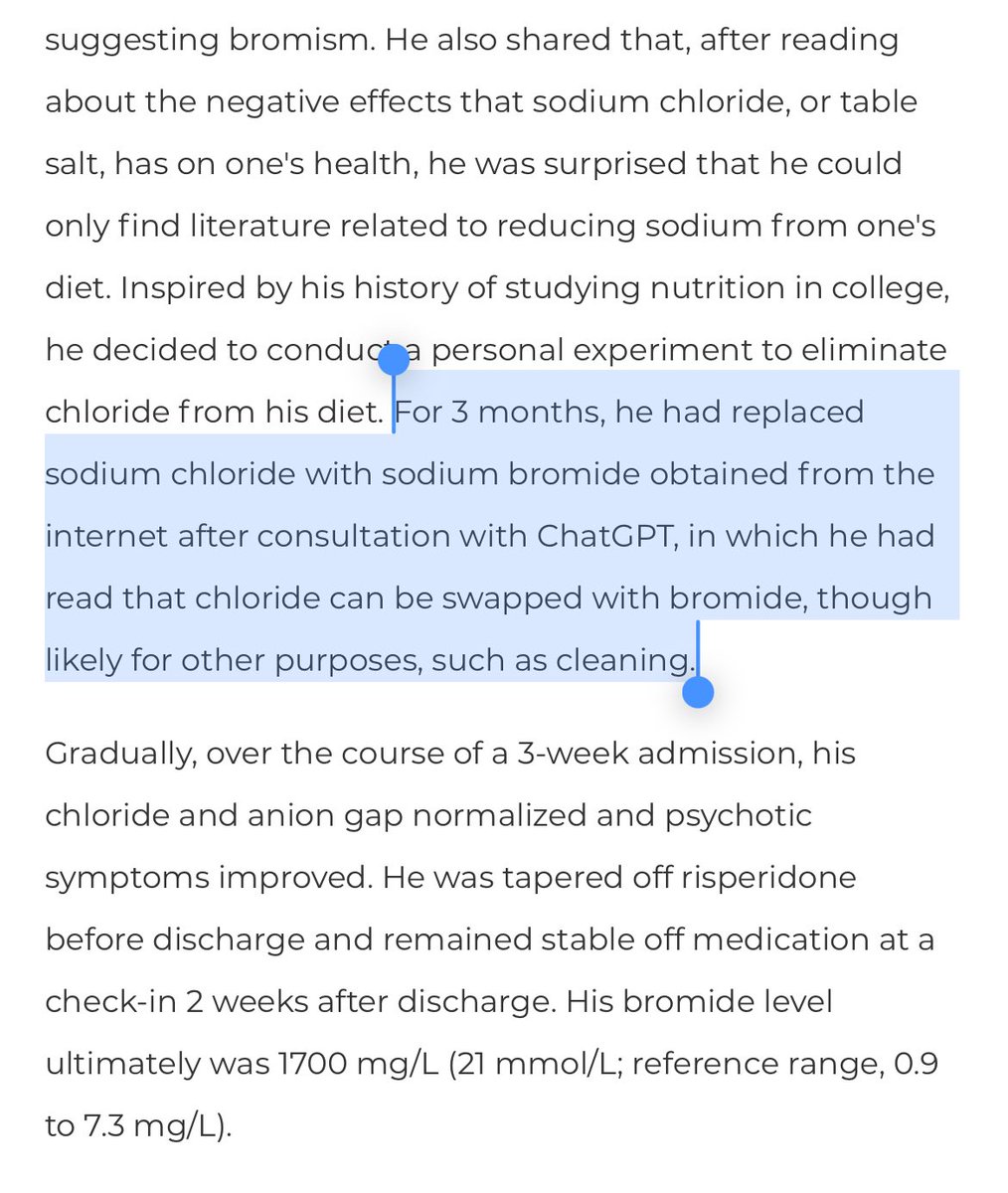Interesting results from the #TOGETHER RCT of #fluvoxamine vs placebo in n=1497 high risk outpatients in 🇧🇷 with #COVID:
-people who received fluvoxamine were less likely to require extended ED visit or hospitalization (11% vs 16%, RR 0.68 CI 0.52-0.88)
thelancet.com/journals/langl…
1/



-people who received fluvoxamine were less likely to require extended ED visit or hospitalization (11% vs 16%, RR 0.68 CI 0.52-0.88)
thelancet.com/journals/langl…
1/




TOGETHER was a large, multi-arm adaptive platform DB-RCT done in 🇧🇷 Brazil from June 2020 to Jan 2021.
Patients were identified after testing positive, stratified by age (>50 or <50 yo) & randomized to fluvoxamine 100 mg BID x 10 days vs placebo.
2/
Patients were identified after testing positive, stratified by age (>50 or <50 yo) & randomized to fluvoxamine 100 mg BID x 10 days vs placebo.
2/
It builds upon 2 studies:
-an observational study in 🇫🇷 that found better outcomes among inpts already taking SSRIs
nature.com/articles/s4138…
-a small n=152 RCT done in 🇺🇸 showing a decrease in clinical deterioration among outpts randomized to Fluvoxamine
jamanetwork.com/journals/jama/…
3/



-an observational study in 🇫🇷 that found better outcomes among inpts already taking SSRIs
nature.com/articles/s4138…
-a small n=152 RCT done in 🇺🇸 showing a decrease in clinical deterioration among outpts randomized to Fluvoxamine
jamanetwork.com/journals/jama/…
3/




The groups were balanced, with the exception of sex: 60% female in FLV vs 55% in placebo arm.
This difference isn’t significant (Fishers p=0.06 Chi squared p=0.06) but women do have lower rates of hospitalization/mortality so this *could* matter.
~40% had <3 days of symptoms.
4/
This difference isn’t significant (Fishers p=0.06 Chi squared p=0.06) but women do have lower rates of hospitalization/mortality so this *could* matter.
~40% had <3 days of symptoms.
4/

The 1' results were promising:
-in ITT analysis, pts in the FLV arm were less likely to have an extended ED visit (>6 hrs) or hospitalization: 11% vs 16%. This met pre-specified criteria for superiority
-this is ARR = 5% or NNT = 20 to prevent 1 hospitalization. Pretty good!
5/


-in ITT analysis, pts in the FLV arm were less likely to have an extended ED visit (>6 hrs) or hospitalization: 11% vs 16%. This met pre-specified criteria for superiority
-this is ARR = 5% or NNT = 20 to prevent 1 hospitalization. Pretty good!
5/



Few of the 2' endpoints were significant, however:
- more pts discontinued FLV than placebo (26% vs 18%)
- there were numerically more COVID hospitalizations & deaths with placebo
- by PP analysis, there was a small reduction in mortality with FLV: <1% (1/548) vs 2% (12/618)
6/
- more pts discontinued FLV than placebo (26% vs 18%)
- there were numerically more COVID hospitalizations & deaths with placebo
- by PP analysis, there was a small reduction in mortality with FLV: <1% (1/548) vs 2% (12/618)
6/

This adherence issue is interesting. It could suggest that side effects may be limiting for some number of the participants.
(Notably, the UMN & ACTIV6 studies use 50 mg BID instead of 100 mg BID using in TOGETHER. This should elucidate if it's dose dependent intolerance.)
7/

(Notably, the UMN & ACTIV6 studies use 50 mg BID instead of 100 mg BID using in TOGETHER. This should elucidate if it's dose dependent intolerance.)
7/


Clinical 🥡:
-a large well designed RCT shows that early fluvoxamine treatment in high risk outpatients w/ COVID appears to decrease the risk of hospitalization
-multiple high quality RCTs are ongoing. We should have more data shortly (& see if there is a mortality reduction)
8/
-a large well designed RCT shows that early fluvoxamine treatment in high risk outpatients w/ COVID appears to decrease the risk of hospitalization
-multiple high quality RCTs are ongoing. We should have more data shortly (& see if there is a mortality reduction)
8/
Clinical 🥡 (cont):
-the effect size NNT=20 to prevent hospitalization is similar to that of monoclonal antibodies & inhaled budesonide
-fluvoxamine is a cheap, widely available medication. Even a relatively small decrease in hospitalizations would be a big deal worldwide
9/
-the effect size NNT=20 to prevent hospitalization is similar to that of monoclonal antibodies & inhaled budesonide
-fluvoxamine is a cheap, widely available medication. Even a relatively small decrease in hospitalizations would be a big deal worldwide
9/
Finally, for the #CultOfIvermectin:
TOGETHER was a multi-arm trial. If this arm shows that FLV is beneficial, you ought to accept that IVM isn't. (you can't argue it wasn't early enough or underpowered, etc).
I look forward to watching your new/bizarre cognitive contortions
10/10
TOGETHER was a multi-arm trial. If this arm shows that FLV is beneficial, you ought to accept that IVM isn't. (you can't argue it wasn't early enough or underpowered, etc).
I look forward to watching your new/bizarre cognitive contortions
10/10
• • •
Missing some Tweet in this thread? You can try to
force a refresh
































